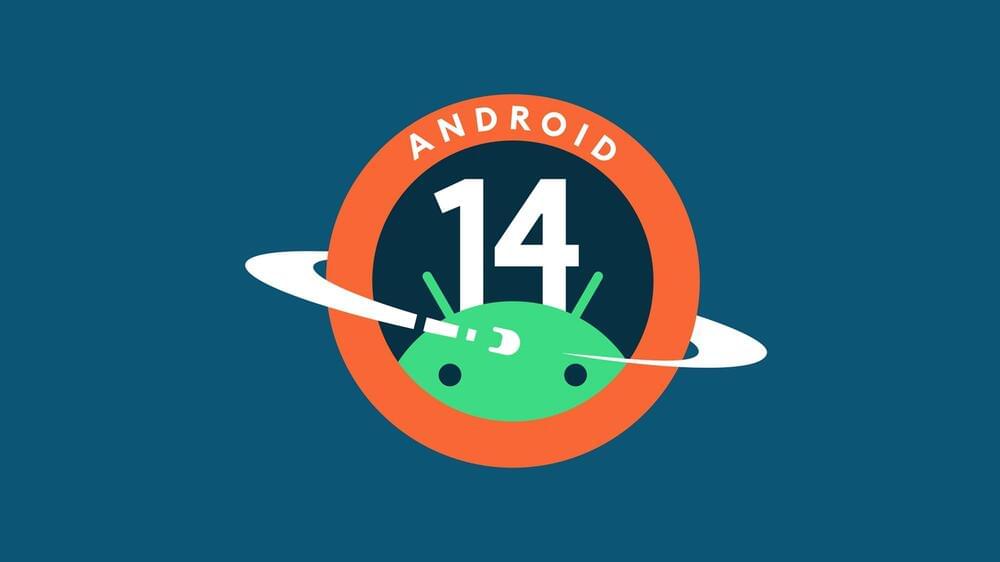Pangolins are the only mammals to sport overlapping scales—a trait that could prove surprisingly useful for internal medicine.
Category: biotech/medical – Page 992
Niacin Increases NAD (Test Results)
Join us on Patreon! https://www.patreon.com/MichaelLustgartenPhD
Discount Links:
NAD+ Quantification: https://www.jinfiniti.com/intracellular-nad-test/
Use Code: ConquerAging At Checkout.
Epigenetic Testing: https://trudiagnostic.com/?irclickid=U-s3Ii2r7xyIU-LSYLyQdQ6…M0&irgwc=1
Use Code: CONQUERAGING
At-Home Metabolomics: https://www.iollo.com?ref=michael-lustgarten.
Use Code: CONQUERAGING At Checkout.
At-Home Blood Testing: https://getquantify.io/mlustgarten.
Oral Microbiome: https://www.bristlehealth.com/?ref=michaellustgarten.
Elon Musk wants Tesla and Neuralink to build a cyborg body for amputees
The visionary CEO says his companies could one day offer hope to amputees by giving them a prosthetic limb that could one day be better than a biological one.


Scientists Have Just Mapped Our Body’s Organs in Exquisite Detail
A consortium of scientists has just published an atlas of remarkable images of three human organs, each vital in their own way, showing how cell types are arranged and interact.
The result: Glittering, kaleidoscopic blueprints lit up by fluorescent dyes that reveal new intimacies about our bodies and reshape our understanding of human biology and disease like never before.
As you can see in the diagram below, researchers generated the cell atlases in three ways.

Ear Infections in Babies and Toddlers
Ear infections in babies and toddlers are extremely common. In fact, according to the National Institutes of Health, five out of six children will experience an ear infection before their third birthday.
“Many parents are concerned that an ear infection will affect their child’s hearing irreversibly—or that an ear infection will go undetected and untreated,” says David Tunkel, M.D., Johns Hopkins Medicine pediatric otolaryngologist (ENT). “The good news is that most ear infections go away on their own, and those that don’t are typically easy to treat.”
Ear infections happen when there is inflammation— usually from trapped bacteria—in the middle ear, the part of the ear connects to the back of the nose and throat. The most common type of ear infection is otitis media, which results when fluid builds up behind the eardrum and parts of the middle ear become infected and swollen.
Timelapse of Future BIOTECHNOLOGY
What happens when humans begin combining biology with technology, harnessing the power to recode life itself.
What does the future of biotechnology look like? How will humans program biology to create organ farm technology and bio-robots. And what happens when companies begin investing in advanced bio-printing, artificial wombs, and cybernetic prosthetic limbs.
Other topic include: bioengineered food and farming, bio-printing in space, new age living bioarchitecture (eco concrete inspired by coral reefs), bioengineered bioluminescence, cyberpunks and biopunks who experiment underground — creating new age food and pets, the future of bionics, corporations owning bionic limbs, the multi-trillion dollar industry of bio-robots, and bioengineered humans with super powers (Neo-Humans).
As well as the future of biomedical engineering, biochemistry, and biodiversity.
_______
Created by: Jacob.
Narration by: Alexander Masters (www.alexander-masters.com)
Modern Science Fiction.

Android 14 Will Bring Support For Satellite SMS Starting With Pixel And Galaxy Phones, Will Require Supported Hardware
Safety first. I’ve read about tech saving lives and this is a step forward along with crash detection and AFib detection and more. Our phones are legit becoming rescue and medical devices. Any experience or thoughts?
The extent of satellite support is still not evident when it comes to smartphones, but I am really looking forward to seeing how Android 14 uses this feature. It is also important to understand that all Android phones are built differently, especially when it comes to manufacturers, and while Samsung might be the biggest, with the most amount of influence, it is possible that other companies won’t introduce the feature despite the latest version of Android supporting the feature.
Whatever the case might be, Android 14 is not far away, as the update will make its debut in October alongside Pixel 8 series. You can expect the Tensor G3 to have this support. In addition to that, new flagship phones are going to start popping up, which means that we will see some compelling hardware from a variety of companies and will perhaps also get a look at which phone does support satellite SMS and other satellite-based communication features and which doesn’t.
Satellite communication on phones is still a feature that has a long way to go, and I am glad that Android 14 is bringing it to the mainstream. Here, it is important to understand that we are going to get more and more features revolving around this type of communication, and I am really hoping that more Android OEMs fall in line so we can truly have a proper, streamlined technology at our disposal.

Smartphones as Medical Devices — The Future of Healthcare?
Since I was going to become a Dr before my TBI, or a scientist but there’s this and some devices and apps are pretty accurate. Like Samsung and Apple. Now there’s the Google Pixel, the Pixel watch and of course Fitbit and more.
The same devices used to take selfies and type out tweets are being repurposed and commercialized for quick access to information needed for monitoring a patient’s health. A fingertip pressed against a phone’s camera lens can measure a heart rate. The microphone, kept by the bedside, can screen for sleep apnea. Even the speaker is being tapped, to monitor breathing using sonar technology. Smartphones as medical devices could be the next big thing.
In the best of this new world, the data is conveyed remotely to a medical professional for the convenience and comfort of the patient. Or, in some cases, to support a clinician without the need for costly hardware.
But using smartphones as diagnostic tools is a work in progress, experts say. Some doctors and their patients have found some real-world success in deploying the phone as a medical device. However, the overall potential remains unfulfilled and uncertain.
Dr. Ross Uhrich, DMD, MBA — Program Manager, Advanced Research Projects Agency for Health (ARPA-H)
Is Program Manager, Advanced Research Projects Agency for Health (ARPA-H — https://arpa-h.gov/people/ross-uhrich/), which is focused on advancing high-potential, high-impact biomedical and health research that cannot be readily accomplished through traditional research or commercial activity, accelerating better health outcomes targeting society’s most challenging health problems.
Under the ARPA-H portfolio, Dr. Uhrich is responsible for the recently launched Novel Innovations for Tissue Regeneration in Osteoarthritis (NITRO — https://arpa-h.gov/engage/programs/nitro/) program which seeks to develop new ways of helping the human body repair its own joints, with the goal of revolutionizing treatment for osteoarthritis — a common and often very painful condition where bones and cartilage break down.
Dr. Uhrich joined ARPA-H in March 2023 from Walter Reed National Military Medical Center (WRNMMC) and the Uniformed Services University of the Health Sciences, where he worked as a board-certified oral and maxillofacial surgeon and assistant professor of surgery. In addition to these roles, he spent 12 years with the U.S. Navy, finishing his tenure as a Lieutenant Commander.
Throughout his career, Dr. Uhrich has cared for thousands of members of the U.S. Armed Forces at various healthcare facilities, including the USS Gerald R. Ford, Naval Health Clinic Quantico, and WRNMMC, and served as an oral and maxillofacial surgery consultant to Congress. He also treated patients at Charleston Area Medical Center, R Adams Cowley Shock Trauma Center, and Suburban Hospital.
Dr. Uhrich holds a doctorate in dental medicine from the University of Pennsylvania, an MBA from the University of Virginia, and completed his surgical residency at WRNMMC. He also has a Bachelor of Science in Biomedical Engineering from Yale University.